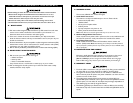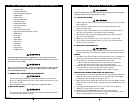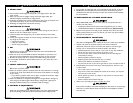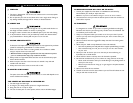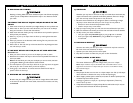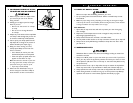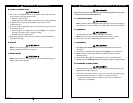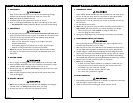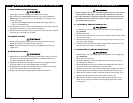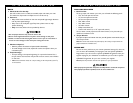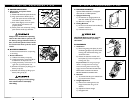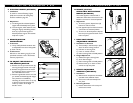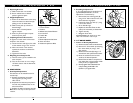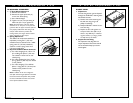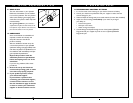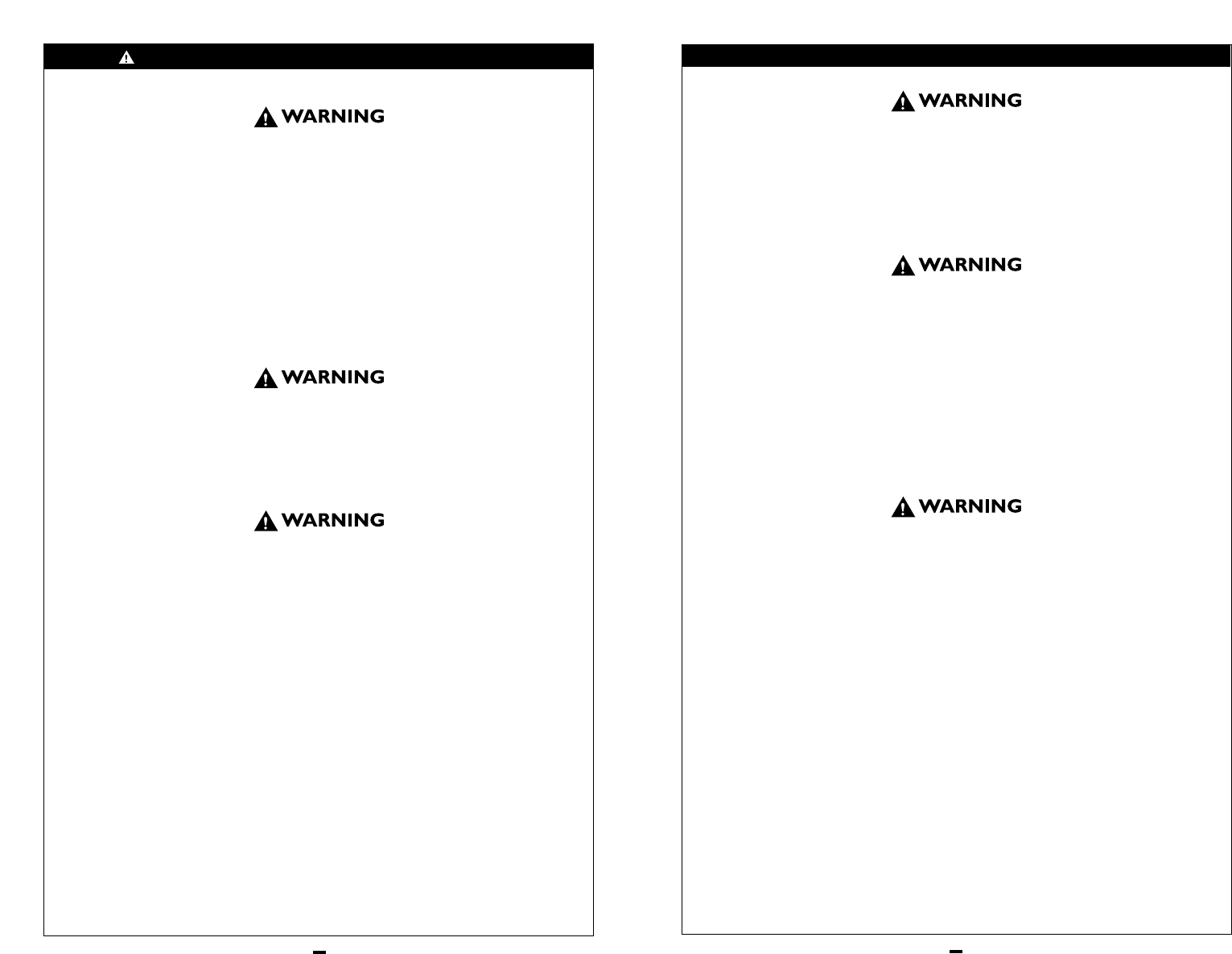
27
930336 Rev. E
VIII. TIPS FOR ATTENDANTS
1. Persons who help a rider do one of the following tasks should review and heed the
warnings “Notice to Attendants” and all warnings in this Manual for that task.
2. The “Tips” that follow are suggestions only. Be aware that you will need to learn
safe methods best suited to the rider and to your abilities. Consult your health
care professional for instructions.
A. TO CLIMB A CURB OR SINGLE STEP
The following is one way to safely help a rider climb a curb or single step
going forward:
1. Stay behind the chair.
2. Face the curb and tilt the chair up on the rear wheels so that the front casters
clear the curb or step.
3. Move forward, placing the front casters on the upper level as soon as you are
sure they are past the edge.
4. Continue forward until the rear wheels contact the face of the curb or step.
Lift and roll the rear wheels to the upper level.
B. TO DESCEND A CURB OR SINGLE STEP
The following is one way to safely help a rider descend a curb or single step
going backward:
1. Stay at the rear of the chair.
2. Several feet before your reach the edge of the curb or step, turn the chair
around and pull it backward.
3. Proceed carefully. Look over your shoulder and carefully step back until you
are off the curb or stair and standing on the lower level.
4. Pull the chair toward you until the rear wheels reach the edge of the curb or
step.Then allow the rear wheels to slowly roll down onto the lower level.
5. When the rear wheels are safely on the lower level, tilt the chair back to its
balance point.This will lift the front casters off the curb or step.
6. Keep the chair in balance and take small steps backward. Be sure to look
where you are going.Turn the chair around and gently lower front casters
to the ground.
26
930336 Rev. E
VII. WARNINGS: COMPONENTS & OPTIONS
L. REAR WHEEL LOCKS (OPTIONAL)
If you request them, we will install rear wheel locks at Sunrise.
1. Rear wheel locks are not designed to slow or stop a moving wheelchair.
Never apply them when your chair is moving. Doing so may cause you to
veer out of control.
• Use wheel locks only to keep the rear wheels from rolling when your
chair is at a complete stop.
2. Low pressure in a rear tire may cause the wheel lock on that side to slip and
may allow the wheel to turn when you do not expect it.
3. Make sure lock arms embed in tires at least 3/8 inch (9.5 mm) when locked. If
you fail to do so, the locks may not work.
M.SEATING SYSTEMS
1. Use of a seating system not approved by Sunrise may alter the center of
balance of this chair.This may cause a fall or tip-over.
2. Never change the seating system of your chair unless you consult your
supplier first.
N. UPHOLSTERY FABRIC
1. Replace worn or torn fabric of seat sling and seat back as soon as you can. If
you fail to do so, the seat may fail and cause you to fall.Worn fabrics may
increase the potential for a fire hazard.
2. Sling fabric will deteriorate with age and use. Look for fraying, thin spots, or
stretching of fabric at rivet holes. Replace fabric as required.
3. “Dropping down” into sling seat will weaken fabric and result in the need to
inspect and replace sling on a more frequent basis.
4. Be aware that washing may reduce flame retardation of the fabric.



